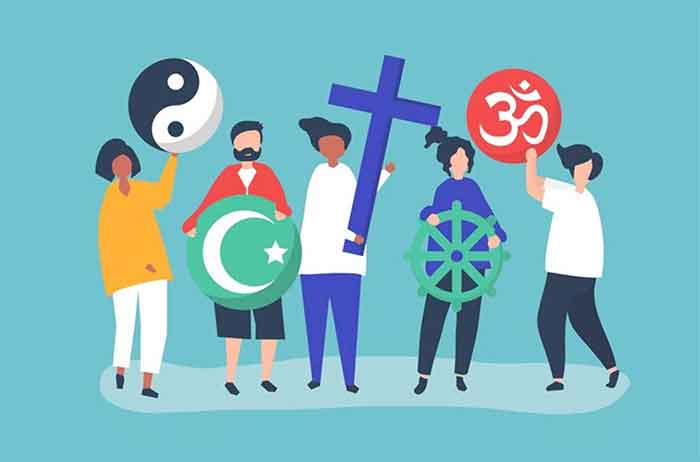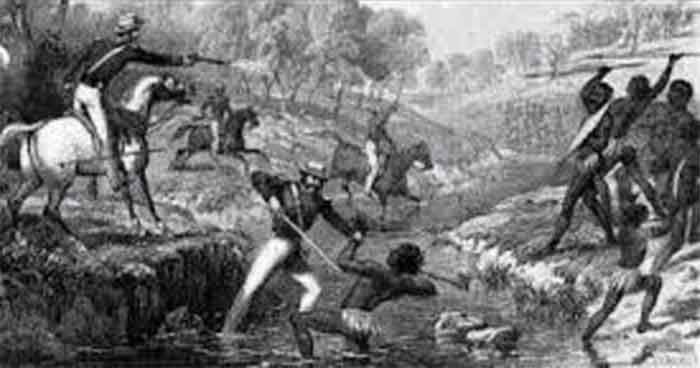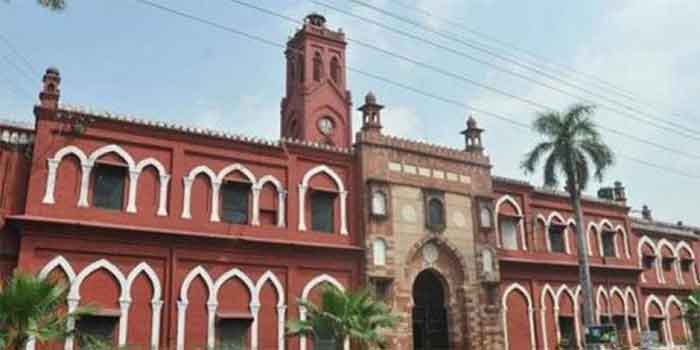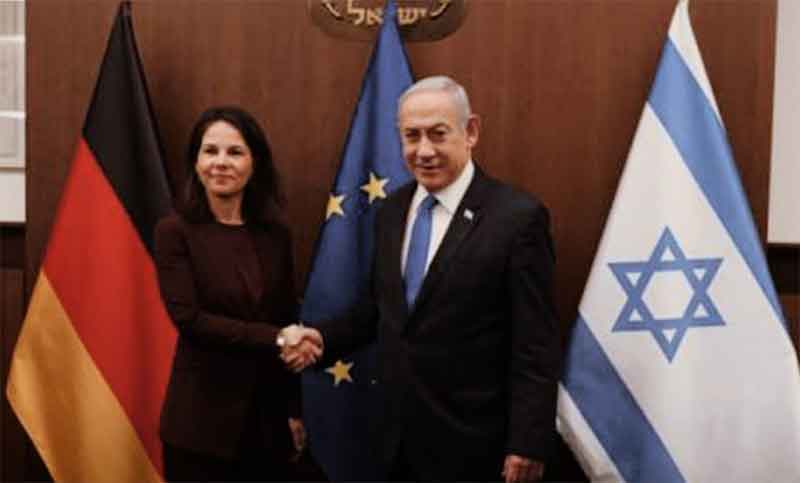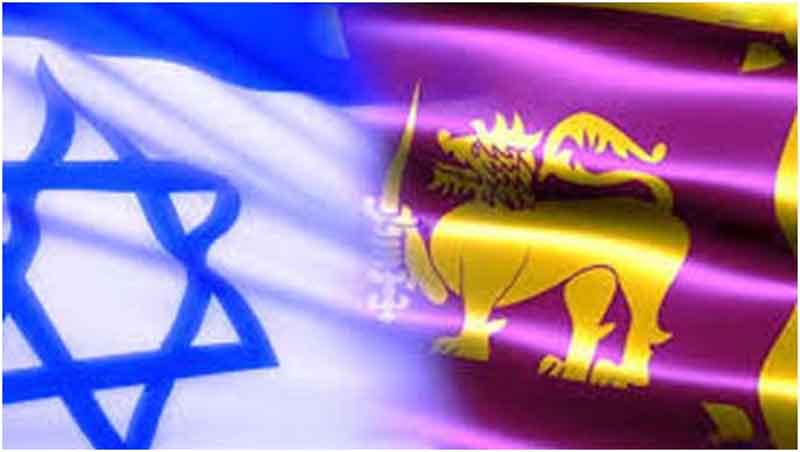Criminal betrayal of the martyrs of India’s First War of Independence 1857 by the Indian rulers
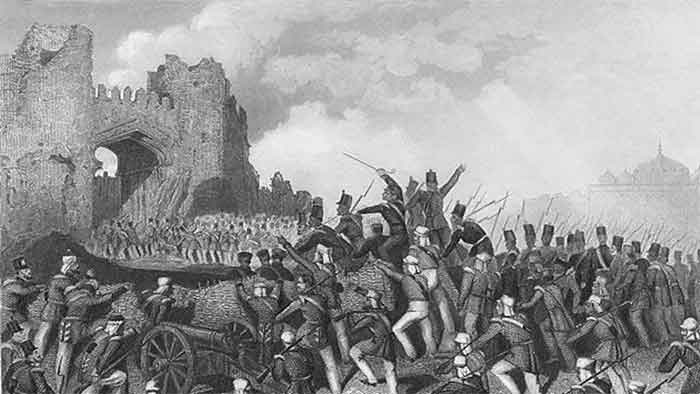
Now it is almost 170 years that people of this country; men, women, children belonging to all religions, regions and strata rose in revolt from Kashmir to Madras and Sylhet to the borders of Afghanistan. Today if Indians have forgotten about this glorious saga of commitment and sacrifices for the liberation of India can be forgiven in absence of the contemporary narratives. But what independent India did to obliterate the memories of this great War immediately after independence on August 15, 1947, when only 90 years had elapsed to this great War, could only be described as criminal.
It is true that we spent crores of rupees in celebrating the 100th 150th anniversaries of the War but did not bother to revive the common heritage of the joint martyrdoms of this glorious struggle. Earlier, the first education minister of the independent India, Abul Kalam Azad organized a team of renowned historians to compile the list of pan-Indian martyrs of the War but it was abandoned. On the eve of 150th anniversary Indian Council of Historical produced volumes with details of martyrs which unfortunately not available now.
True, these were worthy deeds but the issue was not only of chronicling the sacrifices but how to undo the injustice done to the liberation warriors who not only lost their lives but all their properties were confiscated and given to Indian stooges who helped the foreign rulers with all kinds of human and non-human resources for suppressing the mutiny.
We cannot overlook the fact that Indians lost this War despite mass upsurge and support. The perusal of the contemporary documents makes it clear that it was due to the Indian stooges that we lost this War. Reasons are not difficult to find out. Kaye was forthright in his conclusion that these were princes who helped the British in recapturing India after 1857 revolt. According to him,
“It was one of the most curious characteristics of the mutiny-war, that although the English were supposed to be fighting against the native races, they were in reality sustained and supported by the Natives of the country, and could not have held their own for a day without the aid of those whom we hated as our national enemies.”
William Russell, war correspondent in one of the dispatches (May 9, 1858) wrote that
“Our siege of Delhi, would have been quite impossible, if the rajahs [sic] of Patiala and of Jhind (now known as Jind in Haryana) had not been our friends, and if the Sikhs had not recruited (in) our battalions, and remained quite in Punjab. The Sikhs at Lucknow did good service…as our armies were attended and strengthened by them in the field”
It is to be noted here that when Russell referred to Sikhs, it did not mean common Sikhs but the Sikh rulers of Punjab. Moreover, these were not the only rulers who came to sub-serve the interest of the British masters when the latter were on the verge of losing India. The rulers of Kashmir, Hyderabd, Gwalior, Nabha, Kapurthala, Udaipur, Jaipur, Alwar, Kotah, Bhopal, Pataudi and hundreds others joined the bandwagon of the British imperialism in the War.
Sir Charles Aitchison, who played a leading role in suppressing ‘Mutiny’ not only hailed the crucial contribution of such stooge princes in winning India in the following words:
“The Native States rendered priceless service in the day of our distress…Speaking in the fullness of his gratitude; Lord Canning [the Governor General] described them as ‘breakwaters to the storm, which would otherwise have swept over us in one great wave.’ ‘The safety of our rule is increased,’ he wrote, ‘not diminished, by the maintenance of Native Chiefs well affected to us…And should the day come when India shall be threatened by an external enemy, or when the interests of England elsewhere may require that her Eastern Empire shall incur more than ordinary risk, one of our best mainstays will be found in these Native States.’”
Nana Saheb’ the great commander of the revolutionary army who continued fighting till 1858 in the Terai (foothill) region between India and Nepal and died there in a letter [dated 7th Sudi of Kartik, Samvat 1915 (1858) addressed to the Indians wrote:
“This was the defeat of the entire country not mine (alone)…I lived and fought for the country’s freedom. These wicked princes for their own selfish ends have handed over the country to the British otherwise the Firanghis [sic] were no match for us.”
The post-1857 era witnessed an India in which only those princely states survived which either had worked as the stooges of the colonial masters in this War or were pardoned by the British. The entire lot of nationalists who challenged the foreign rule was ruthlessly suppressed. Most of them died fighting or were hanged; their families banished and their estates confiscated and handed over to the loyal princes.
On the eve of independence the first decision which independent India’s sovereign government should have taken must have been to return the properties of the families of the martyrs which were confiscated and given as rewards to the Indian stooges. The whole nation knows how the descendants of these revolutionaries including those belonging to princely families lived life of penury, hunger and died miserable deaths, unknown. Out of thousands, here are few examples of gross and criminal injustice which needed immediate redressal but we kept mum as a State and nation.
According to the contemporary British gazetteers the estates of Raja of Gonda and Rani of Tulsipur,
“were confiscated and conferred as rewards upon Maharaja Drigbijai Singh of Balrampur and Sir Man Singh of Ajodhya”.
Scindhia of Gwalior who helped the British greatly in defeating Rani Laxmi Bai and Nana and their killings, as per the contemporary British gazetteer
“For his services in the mutiny lands worth 3 lakhs a year revenue were made over to him, while he was allowed to increase his infantry from 3,000 to 5,000 men and his artillery from 32 to 36 guns.”
We come to know again through a contemporary British gazetteer that,
“Wazir Muhammad Khan, who, during the Mutiny, repulsed with comparatively few men an attack made on the Tonk fort by the combined forces of Nawab of Banda and Tantia Topi [sic]. For these services, his salute was raised from 15 to 17 guns…”
Ruler of Patiala who as an ally of the British played a prominent role in crushing rebellion in Haryana, Delhi, Oudh received huge ‘inaam’,
“After 1857 Narendra Singh’s splendid services were rewarded with the gift of sovereign rights in the Narnaul division of the forfeited State of the Jhajjar Nawab, assessed at a revenue of two lakhs on condition of political and military support in times of general danger or disturbance. He was also permitted to purchase the Kanaud pargana of Jhajjar and the taluka of Khamaon in perpetual sovereignty in liquidation of loans advanced to the British Government during the Mutiny. In addition, the Maharaja was granted administrative jurisdiction over Bhadaur, and the right of escheats and reversion to lapsed estates therein, receiving the annual sum of Rs. 5,265, previously paid into the Imperial treasury by the Bhadaur Sardars. Narendra Singh was made a K.C.S.I., in 1861…”
Likewise, Raja Randhir Singh of Kapurthala State who helped the British to crush rebellion in Delhi and Oudh
“was rewarded with a grant of the two confiscated estates of Bundi and Bithauli, in the Bharaich and Bara Banki districts in Oudh, yielding a rental of Rs. 4,35,000. His brother, Kunwar Bikrama Singh, who had accompanied the Raja to Oudh, was given a portion of the Akauna estate in Bharaich, yielding Rs. 45,000 a year. The Raja of Kapurthala stood fifth in order of precedence among the chiefs of the Punjab. He was entitled to a salute of eleven guns, and to receive a return visit from the Viceroy.”
The Pataudi family too was rewarded for services rendered during the mutiny.
“He [nawab of Pataudi] also took an active part in the suppression of a rising in the Bahora pargana of Gurgaon, organized by one Tula Ram, grandson of Rao Tej Singh of Rewari; and his troops were present on the side of order at the action outside Jaurasi, which lasted for two days… Pataudi ranks seventeenth in order of precedence amongst the Native States of the Punjab, and the chief is entitled to be received by the Viceroy.”
The British rulers were grateful to Jodhpur Raja when stated:
“The Maharaja [Takht Singh of Jodhpur] did good service during the Mutiny. He was entitled for a salute of 17 guns. Takht Singh died in 1873, when he was succeeded by eldest son, Jaswant Singh…He was created a GCSI in 1875 and subsequently his salute was raised first to 19, and next to 21 guns.”
The Pawayan [in Shahjahanpur] was ruled by a notorious British stooge, Raja Jagannath Singh when 1857 happened. In a gut-wrenching treachery he invited the leading commander of the rebellion Maulvi Ahmedullah Shah posing as supporter of the War. However, when Maulvi reached his palace in the evening he was beheaded by Jagannath’s brother Baldeo Singh. The British had announced a prize of 50 thousand pieces of silver for beheading the Maulvi. He presented Maulvi’s severed head same night to the British commander of the area and received cash ‘inaam’ as reward. In his absence the rebel forces including under the command of Nana and Hazrat Mahal lost important battle and revolutionary rule in Rohilkhand came to an end. The decadents of this criminal family became legislators, ministers both at the Stat and central levels. This is how we paid homage to 1857 martyrs!
Apart from these stooges, rulers of Dhar, Bhopal, Nizam, Ratlam, Alwar, Jaipur, Jodhpur, Jammu, Rewa, Ayodhya, Rampur and hundreds other were rewarded for suppressing the mutiny. It must be noted that in 20th century most of these pro-British native rulers became patrons and financiers of communal-fascist organizations like Hindu Mahasabha, Rashtriya Swayamsevak Sangh and the Muslim League. They provided sanctuaries to these anti-national organizations. Many-many of these kept on ruling free India; we saw the spectacle of the family members of the stooges enjoying power as chief ministers, ministers, Governors in an independent India. They continued enjoying the benefits of estates which were confiscated from the rebels and awarded to their families by the British.
The sovereign Republic of India shamed itself on the eve of independence and continues to do so by not remembering the 13 women sheroes [Author is using the term ‘shero/sheroes for female martyrs of the liberation War as according to the dictionaries word ‘hero’ means a “man who exhibits great bravery” which is not gender neutral and conveys the faulty wisdom that only man can be brave.] from Thana Bhawan, situated in Muzaffar Nagar district (now in western Uttar Pradesh about 130 kms from Delhi) belonging to different religions and Castes who hanged together or burnt alive for taking up arms against the repressive British rule. The rulers showed criminal indifference to the women martyrs namely, Asghari Begum, Asha Devi, Bhagwati Devi, Habeeba, Mam Kaur, Umda, Raj Kaur, Inder Kaur, Bkhtawari, Jamila, Rahimi, Bhagwani and Beebee. All these names were available in the contemporary British gazetteers.
The Indian rulers did not bother to save as memorial the trees known as KALA AMB [black mango], these trees spread in almost every part of India, specially, North India, had nothing to do with fruit mango but were the trees where the British rulers hanged thousands of revolutionaries for joining the liberation War during 1857-1859. Most of these have been removed or withered away. In fact, not only rulers but we all joined hands in obliterating these symbols of great resistance and sacrifices against the White rule.
By forgetting the heritage of the War 1857; the heritage of religious unity and unity of all the struggling masses against loot and imperialism. The ruling classes, acting criminally, let the polity slip down to the present sorry state of affairs when India is devastated by the forces of religious bigotry, intolerance, Casteism and ruthlessness.
How heartless was independent India that we even did not try to locate the final resting places of heroes and sheroes of the War of 1857 like, Rani of Tulsipur, Zeenat Mahal, Azeemullah Khan, Nana Saheb, General Bakht Khan and many of their comrades who died in Nepal.
Shamsul Islam is a retired professor of Delhi university
Link for some of S. Islam’s writings in English, Hindi, Urdu, Marathi, Malayalam, Kannada, Bengali, Punjabi, Gujarati and video interviews/debates:
http://du-in.academia.edu/ShamsulIslam
Facebook: https://facebook.com/shamsul.islam.332
Twitter: @shamsforjustice
http://shamsforpeace.blogspot.com/
Email: [email protected]
GET COUNTERCURRENTS DAILY NEWSLETTER STRAIGHT TO YOUR INBOX


